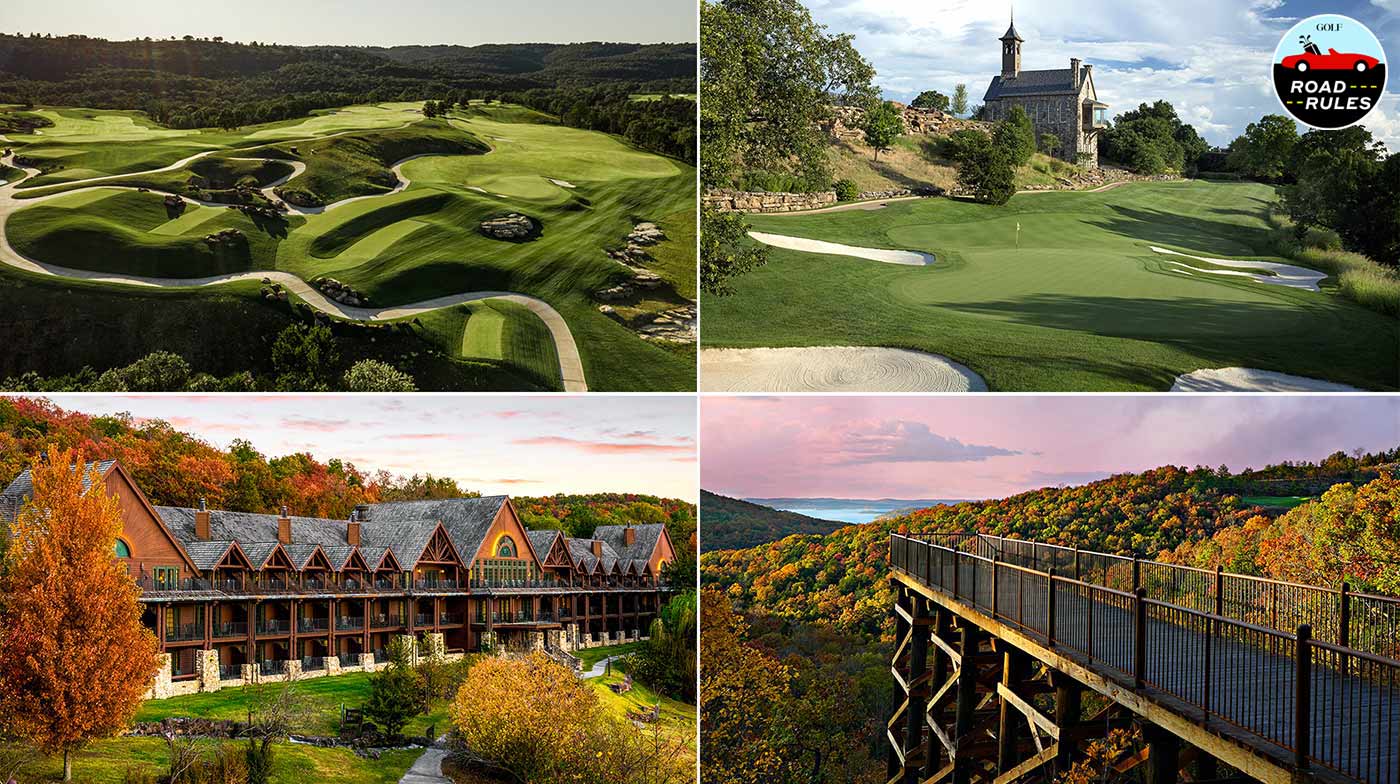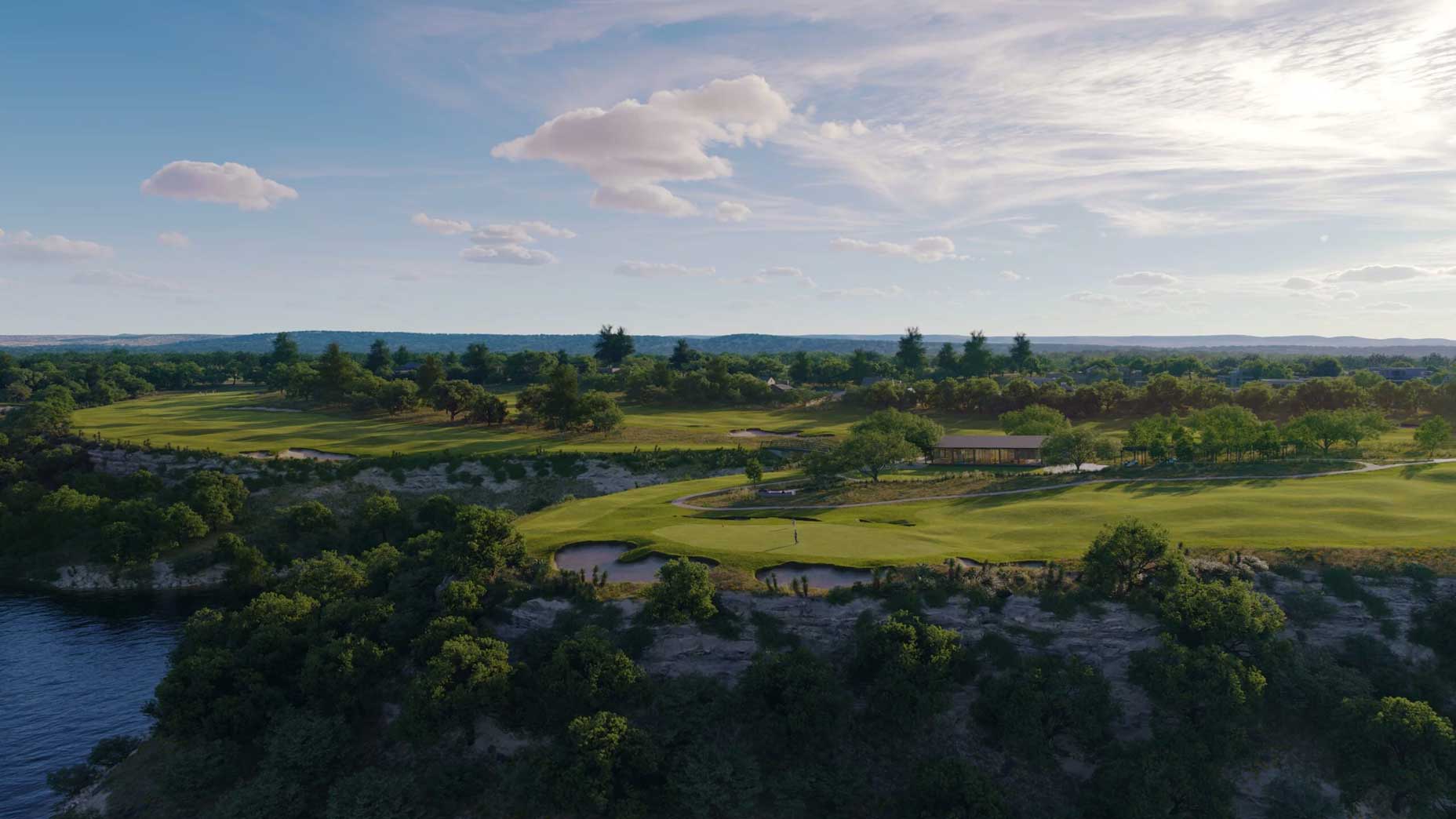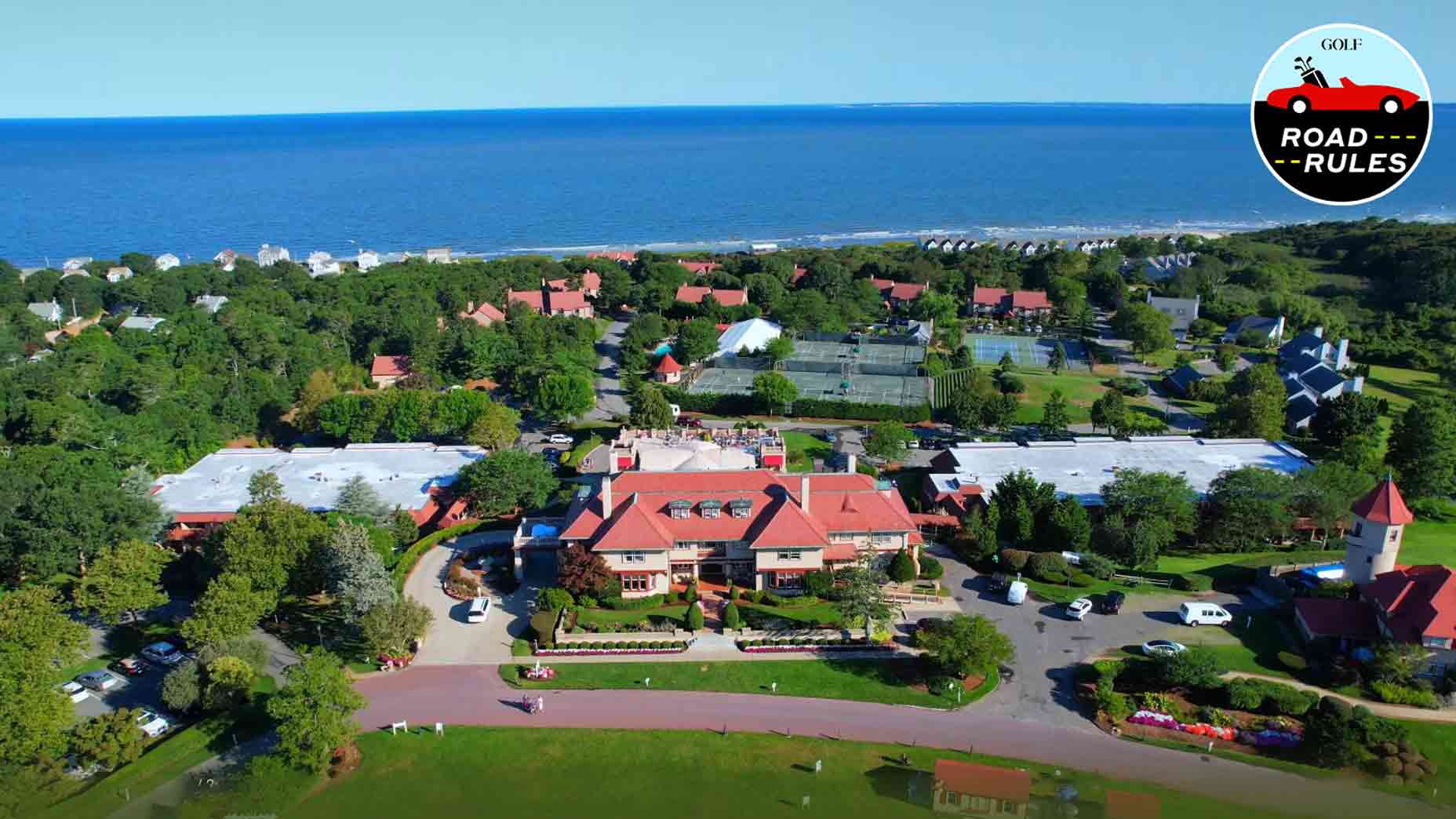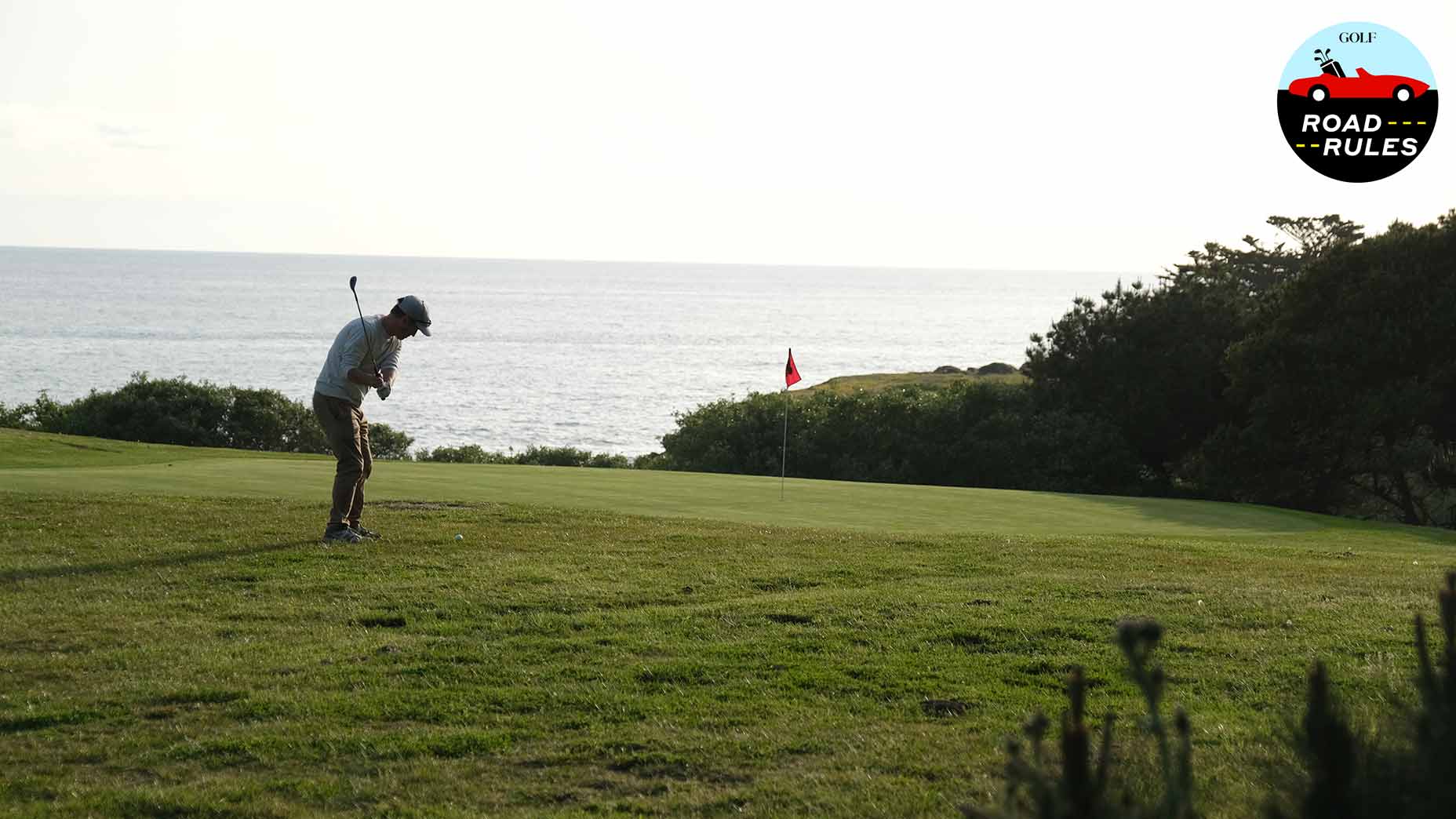Reversible courses. Twenty-one hole loops. Butterfly-shaped layouts with connected six-hole quadrants.
Look around. We’re living in a Golden Age of unconventional golf design.
For the latest in out-of-the-box thinking, we point you to the outskirts of Allentown, Pa., where plans have been floated for an 18-hole course composed of two nines running alongside each other, a configuration that would give golfers a choice between two holes each time they took the tee throughout the round.
The proposal, put forth by the design trio of Forrest Richardson, Jeff Danner and Mark Fine, is for a redo of Southmoore Golf Course, an 18-holer whose owner wants to redevelop a portion of his property in a move that would shrink the footprint of the course. Tasked with reimagining a new routing on a smaller plot, the three architects dreamed up a blueprint for a pair of sibling nines, set side by side.
“We knew it would have to be fun and family-friendly, so we started with that premise,” Richardson says. “And as we started tossing around possibilities, we realized we had an opportunity to do something really different.”
A brainchild in the truest sense, the concept, Richardson says, is still in its infancy. If and when it moves forward, elements will need to be fine-tuned.
But the routing here gets at the gist:
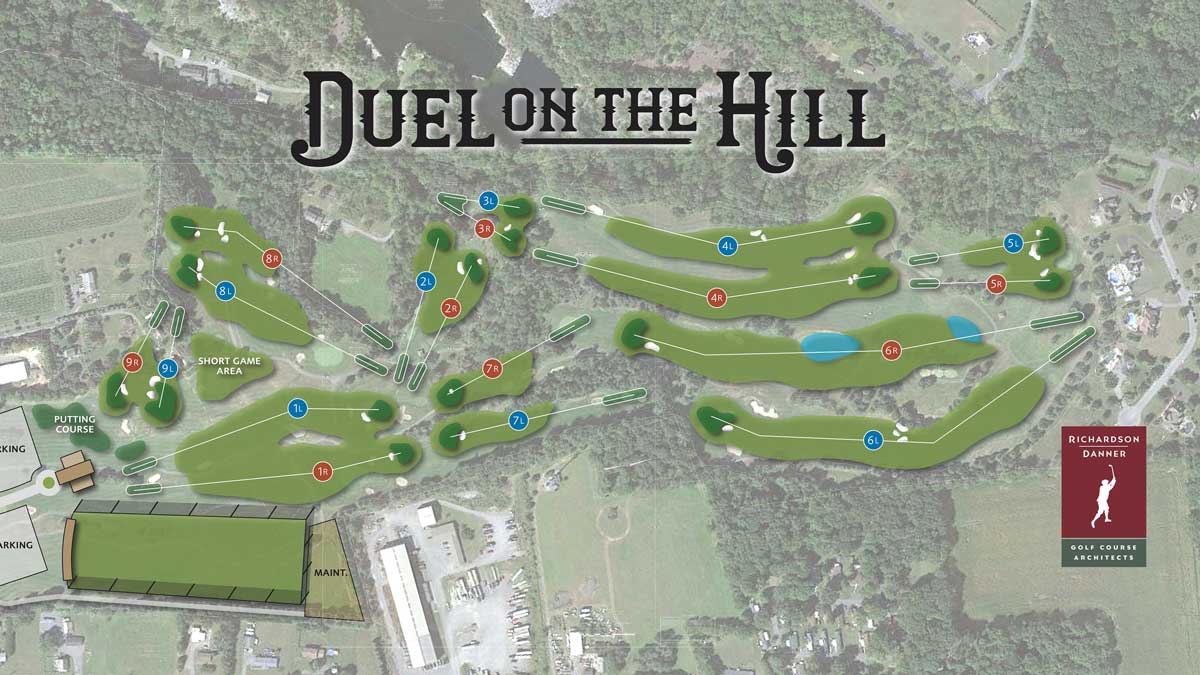
Each hole on the course would have a twin. Not an identical twin; the bunkering, contouring and other traits would be different on each. But the sibling holes would be similar in length and orientation. They’d also have similar time pars, meaning they’d be expected to be played at a similar pace.
Novelty aside, why would any of that matter?
For one thing, Richardson says, the side-by-side routings would allow for great variety. You could play hundreds of rounds without repeating the same sequence of holes.
What’s more, on busy days, the course could send groups off both nines simultaneously, with the group that finishes their opening hole first getting to choose which of two holes they want to play next, and so on throughout the round.
The goal, Richardson says, is not to turn a round of golf into a race. But there would be a competitive undercurrent that might inspire brisker pace of play.
Not for nothing, the three architects have named their concept “Duel on the Hill,” a dash of word play that Richardson says is meant to suggest “dual,” as in two, but also, well, “duel,” as in, first to putt out on the previous green gets first dibs on the next tee.
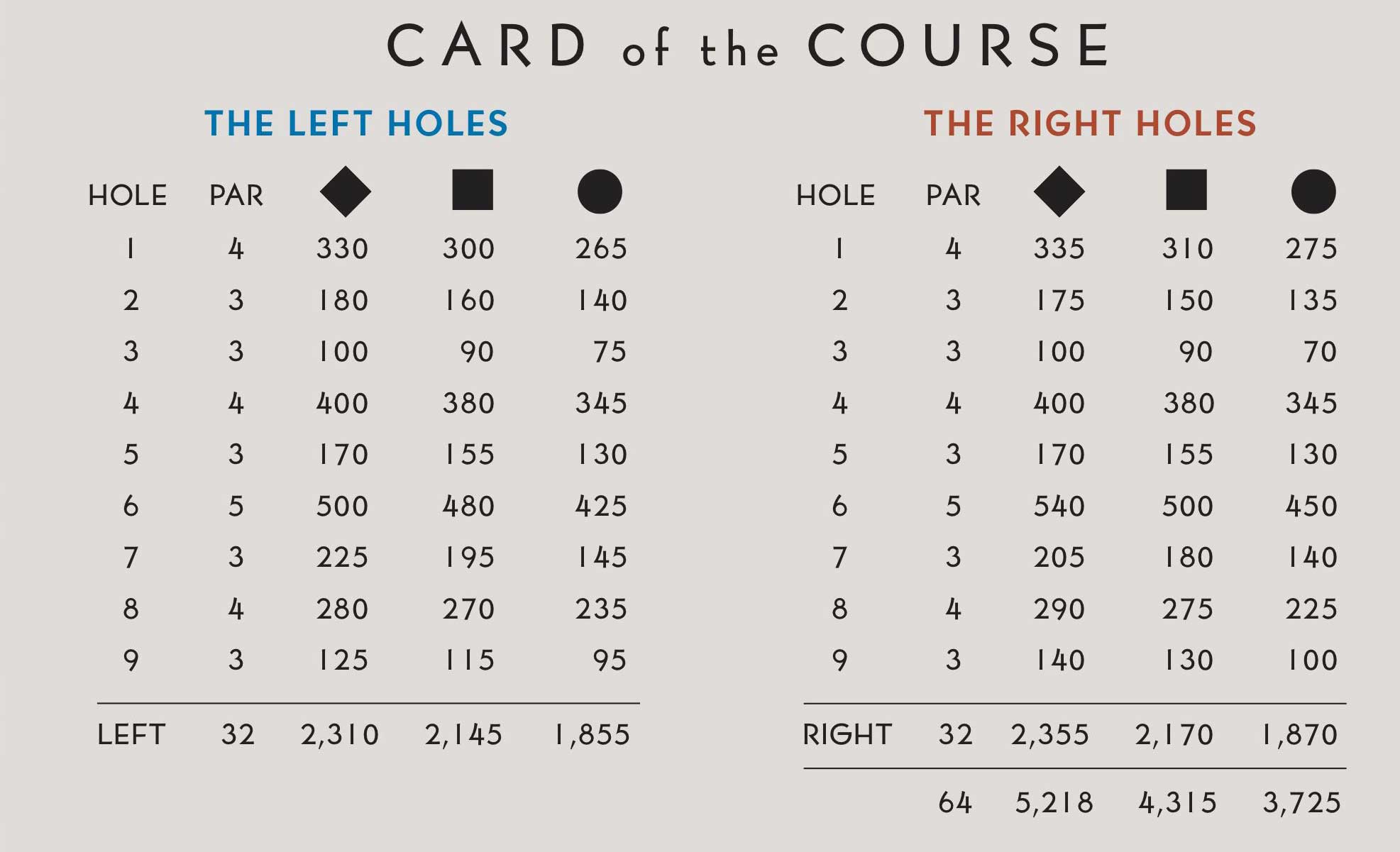
Design concepts are one thing. Real courses are another. At this early stage, Richardson says that he and his colleagues have not yet given exhaustive thought to course operations. He concedes that there could be complications that they haven’t considered. Some sticky hypotheticals are not difficult to picture now. What happens, for instance, if two groups starting out on different nines finish their respective holes at the same time? Which group would get to pick the next hole?
They could flip a coin. They could toss a tee. They could also get into a brawl.
You would hope they wouldn’t. But golfers are people, and with people, you never know.
But we’re getting ahead of ourselves. For now, the concept is still just that. A lot still needs to happen for it to spring to life (among other things, Southmoore needs to get its redevelopment plans through an approval process). But even as an idea sketch on paper, it makes good fodder for discussion.
“It’s been interesting to see the reaction of my peers,” Richardson says. “A lot of times, the response will be, ‘What have you been drinking?’ But in this case, I haven’t gotten a lot of that.”


